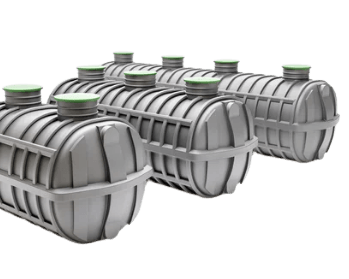Septic System Guide
A Guide To Your Septic System
recognizing the operation of your system
Understanding how your septic system works, following good operational practices, performing yearly maintenance practices, and keeping yearly maintenance records are the keys to preventing groundwater pollution and extending the effective service life of your septic system.
Keeping records will enable you to better protect and maintain your system dramatically extending
your systems service life.
In case you sell your house, your records will show a prospective buyer that your system has been properly maintained.
Your Septic Tank
SYSTEM DESCRIPTION
Your septic system uses natural processes to treat and dispose of the wastewater in your home. It consists of a septic tank and a drain field (also called a leach field, lateral field, or subsurface soil absorption trenches). The system accepts both "black water" (toilet wastes) and "grey water" (wastes from the kitchen sink, bathtub/showers, and laundry). Water that should not be discharged into the system includes water from foundation or footing drains, roof gutters, and other "clear" water.
the Drainfield
Your drain field provides the final treatment of the wastewater and disposes of it through groundwater recharge. Your drain field is composed of trenches which are shallow, level excavations installed above the groundwater table. Each trench contains a perforated distribution pipe through which wastewater drains into the gravel.
The water is stored in the gravel until it can seep into unsaturated soil underlying and adjacent to the trench. As the wastewater moves slowly through the gravel and soil, the disease-causing bacteria and viruses are filtered out, or adsorbed and held by the soil particles until they die.
After prolonged use or if solids leave the tank and enter the drain field the soil becomes clogged and the drain field's ability to absorb water will be reduced. The reduction in absorption rate will eventually result in the system backing up and pooling of wastewater above the drain field. At this point, the repair would be very costly.
To avoid early drain field failure and costly drain field repairs a drain field flow test can be done with every Maintenance Inspection where it is determined that the tank needs to be pumped. If the drain field's ability to absorb effluent is reduced, then biomat remediation may be done to restore the drain field before it fails. If biomat remediation is done early, at the first sign absorption rates have been reduced, you will dramatically extend the life of your drain field and avoid costly repairs in the future.
Quick & Reliable
We are available 24/7 via email or telephone
Areas Served:
Copyright © 2024 South Central Septic Systems, all rights reserved.
Edmonton, KY 42129 | (270) 205-2143



